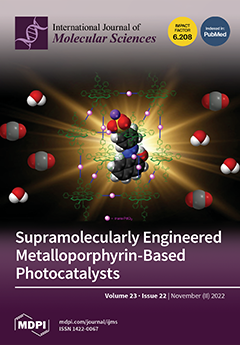The
GARP genes are plant-specific transcription factors (TFs) and play key roles in regulating plant development and abiotic stress resistance. However, few systematic analyses of
GARPs have been reported in allotetraploid rapeseed (
Brassica napus L.) yet. In the present study, a total
[...] Read more.
The
GARP genes are plant-specific transcription factors (TFs) and play key roles in regulating plant development and abiotic stress resistance. However, few systematic analyses of
GARPs have been reported in allotetraploid rapeseed (
Brassica napus L.) yet. In the present study, a total of 146
BnaGARP members were identified from the rapeseed genome based on the sequence signature. The
BnaGARP TFs were divided into five subfamilies:
ARR,
GLK,
NIGT1/HRS1/HHO,
KAN, and
PHL subfamilies, and the members within the same subfamilies shared similar exon-intron structures and conserved motif configuration. Analyses of the Ka/Ks ratios indicated that the
GARP family principally underwent purifying selection. Several
cis-acting regulatory elements, essential for plant growth and diverse biotic and abiotic stresses, were identified in the promoter regions of
BnaGARPs. Further, 29 putative miRNAs were identified to be targeting
BnaGARPs. Differential expression of
BnaGARPs under low nitrate, ammonium toxicity, limited phosphate, deficient boron, salt stress, and cadmium toxicity conditions indicated their potential involvement in diverse nutrient stress responses. Notably,
BnaA9.HHO1 and
BnaA1.HHO5 were simultaneously transcriptionally responsive to these nutrient stresses in both hoots and roots, which indicated that
BnaA9.HHO1 and
BnaA1.HHO5 might play a core role in regulating rapeseed resistance to nutrient stresses. Therefore, this study would enrich our understanding of molecular characteristics of the rapeseed
GARPs and will provide valuable candidate genes for further in-depth study of the GARP-mediated nutrient stress resistance in rapeseed.
Full article






